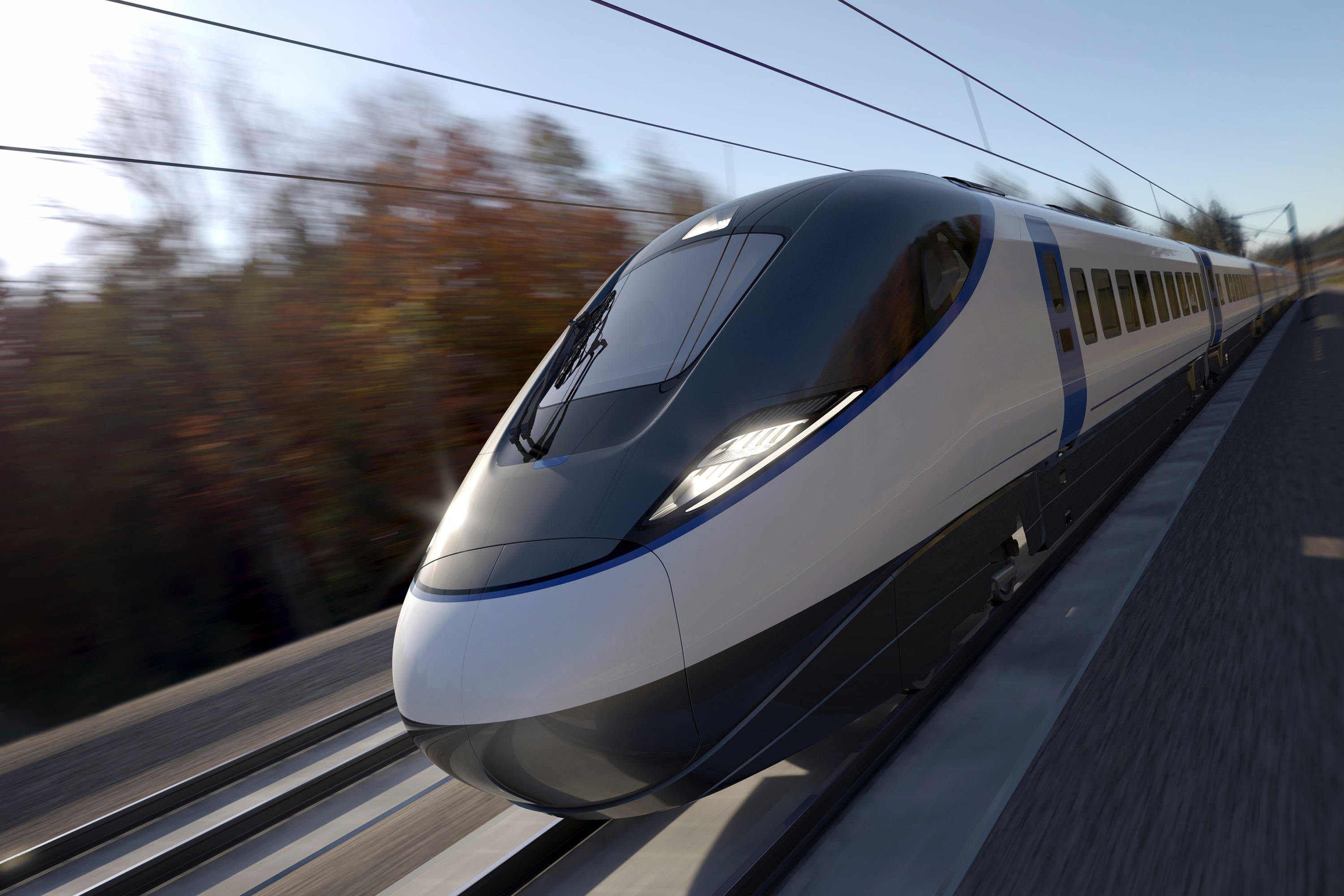HS2 could boost rural broadband and mobile connections
HS2 Ltd said mobile network and broadband providers will be able to purchase access to spare capacity in its fibreoptic cabling and telecoms masts.

Thousands of homes and businesses near HS2 could benefit from better mobile reception and faster broadband, according to the company building the high-speed railway.
Government-owned HS2 Ltd said mobile network and broadband providers will be able to purchase access to spare capacity in its fibreoptic cabling and telecoms masts.
It believes this could significantly reduce the cost of bringing fibre connections to rural areas in parts of Buckinghamshire, Northamptonshire, Warwickshire and Staffordshire.
Ensure that we get the most value out of our new infrastructure
HS2 Ltd commissioned analysis of data held by regulator Ofcom which identified 538 postcodes within five kilometres (3.1 miles) of the route between London and Birmingham, which do not have access to so-called ultrafast broadband speeds of more than 100 megabits per second (Mbit/s).
That includes 209 postcodes where even speeds of 10Mbit/s are not available.
Some 15 postcodes on the route do not receive reliable 5G mobile signal.
Rail minister Lord Hendy said: “Investment in our transport infrastructure can boost opportunities and drive economic growth in every part of our country.
“This scheme will have a positive impact on local areas for generations to come, providing connectivity that will create new opportunities for people and businesses to thrive.”
A similar project is planned to introduce 5G connections along the new East West Rail route between Oxford and Milton Keynes.
That’s why we’re keen to work with mobile and broadband providers to help unlock better 5G connectivity and faster broadband for communities in more isolated areas along the railway
HS2 Ltd is building around 80 telecoms masts to provide signalling for trains, with approximately 2,000 kilometres (1,243 miles) of fibreoptic cabling running alongside the tracks.The company’s head of telecoms engineering Tim Ward said it is “determined to ensure that we get the most value out of our new infrastructure and support the local community wherever possible”.
He went on: “That’s why we’re keen to work with mobile and broadband providers to help unlock better 5G connectivity and faster broadband for communities in more isolated areas along the railway.”
On existing intercity services, passengers’ mobile devices access data from each telecoms mast the train passes, which can lead to reduced bandwidth and occasional dropouts.
HS2 Ltd said new technology means it will be possible for data to be “fed directly” to its trains, which would “dramatically” improve the quality of connections.